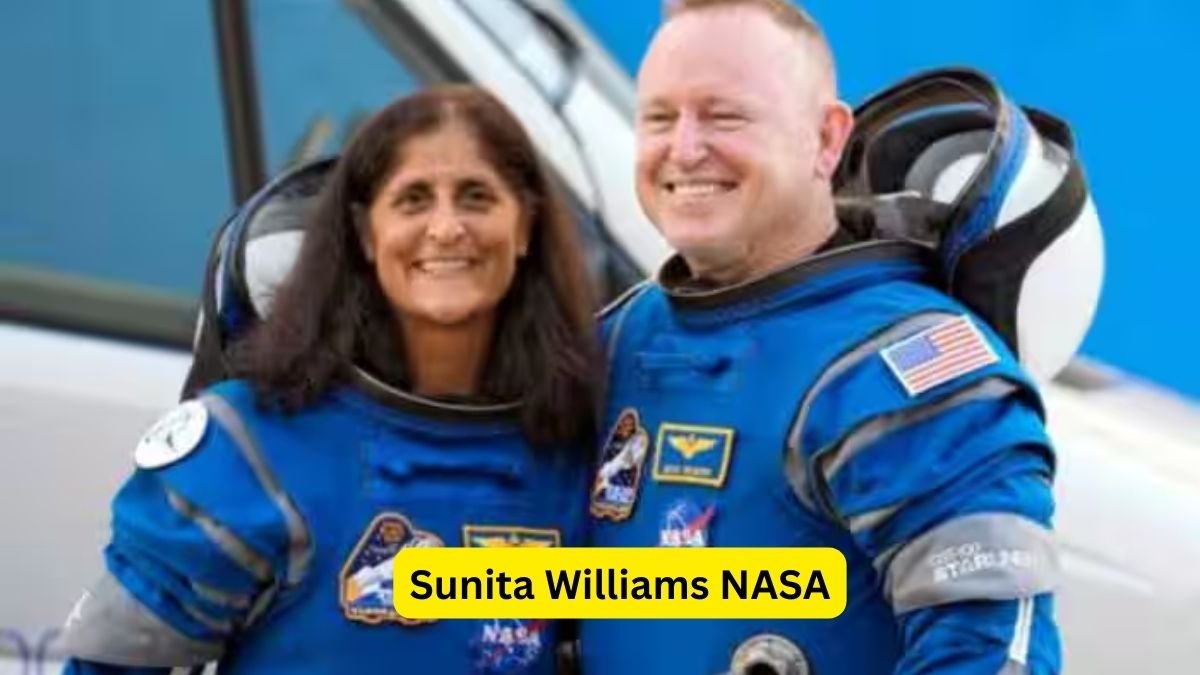Sunita Williams, an Indian-American astronaut, has been a prominent figure in space exploration, representing the epitome of human resilience and scientific curiosity. Her remarkable career at NASA has not only inspired millions worldwide but also contributed significantly to advancing human spaceflight. In this article, we delve into Sunita Williams’ illustrious journey, her missions with NASA, and what’s next for this exceptional astronaut.
Early Life and Education: Building the Foundation
Sunita Williams was born on September 19, 1965, in Euclid, Ohio, to Indian and Slovenian descent parents. Her father, Deepak Pandya, was a prominent neuroanatomist, and her mother, Bonnie Pandya, was a school teacher. Growing up in a family that valued education and curiosity, Sunita developed an early interest in science and exploration.
She pursued her education at the United States Naval Academy, where she earned a Bachelor of Science degree in Physical Science in 1987. Her time at the Naval Academy laid the groundwork for her career in aerospace. Williams later received a Master of Science degree in Engineering Management from Florida Institute of Technology in 1995, further solidifying her credentials for her future endeavors in space exploration.
NASA Career: A Journey of Extraordinary Achievements
Sunita Williams’ association with NASA began in 1998 when she was selected as an astronaut candidate. Her rigorous training and dedication to her work led her to participate in some of the most challenging and rewarding missions in NASA’s history.
Expedition 14/15: Breaking Barriers
Sunita Williams’ first space mission was as a flight engineer for Expedition 14/15, which launched on December 9, 2006. During this mission, she set a record for the longest spaceflight by a woman, spending a total of 195 days in space. Her work on this mission was critical, involving over 29 hours of Extra-Vehicular Activity (EVA) or spacewalks, where she conducted various repairs and upgrades to the International Space Station (ISS).
One of the most memorable aspects of her time on the ISS was her participation in the Boston Marathon, making her the first person to run a marathon in space. This feat not only demonstrated her physical endurance but also highlighted her ability to maintain a strong connection to Earth, even while orbiting 250 miles above.
Expedition 32/33: Commanding the ISS
In 2012, Sunita Williams returned to space as the Commander of Expedition 32/33. This mission marked a significant milestone in her career as she became the second woman ever to command the ISS. Under her leadership, the crew conducted numerous scientific experiments and technology demonstrations that were crucial for the ongoing development of space exploration capabilities.
During this mission, Williams performed three more spacewalks, bringing her total EVA time to over 50 hours, further solidifying her status as one of NASA’s most experienced spacewalkers.
Challenges and Triumphs: Overcoming the Impossible
Sunita Williams’ journey has not been without its challenges. The rigorous demands of space missions, the psychological toll of long-duration spaceflights, and the constant need for adaptability in the face of unforeseen circumstances are all part of the life of an astronaut. However, Williams has consistently risen to these challenges, embodying the spirit of perseverance and resilience.
One of the most significant challenges she faced was during her second space mission when a critical piece of equipment malfunctioned during a spacewalk. Demonstrating remarkable composure and technical expertise, Williams successfully repaired the equipment, ensuring the mission’s success and the safety of her crew.
What’s Next for Sunita Williams?
As of 2024, Sunita Williams remains an active and vital part of NASA’s astronaut corps. Her extensive experience and leadership skills continue to be invaluable assets as NASA embarks on new and ambitious space exploration missions.
Artemis Program: The Next Frontier
Sunita Williams is expected to play a key role in NASA’s Artemis program, which aims to return humans to the Moon by 2025. The Artemis missions will pave the way for future exploration of Mars and beyond. Williams’ expertise in long-duration spaceflights and her experience commanding the ISS make her a strong candidate for leadership roles in these upcoming missions.
Mentoring the Next Generation
In addition to her active involvement in space missions, Sunita Williams is also passionate about mentoring the next generation of astronauts. She frequently engages with students, encouraging them to pursue careers in science, technology, engineering, and mathematics (STEM). Her commitment to education and outreach is a testament to her belief in the power of knowledge and exploration.
Conclusion: Sunita Williams – A Legacy of Inspiration
Sunita Williams’ contributions to space exploration have left an indelible mark on NASA’s history and the world. Her dedication, resilience, and achievements continue to inspire people across the globe. As she prepares for future missions and continues to mentor aspiring astronauts, Williams’ legacy will undoubtedly influence generations to come.
In this blog, we have provided detailed information on Sunita Williams NASA. We appreciate you taking the time to read this post about Sunita Williams NASA in our blog! If you find this information useful, please share this blog with your friends and family so that they can also know about Sunita Williams NASA. Visit our website homepage weblog365.in to read more interesting and informative blogs and stay updated.
My name is Yogesh Pandey, and I hail from Lucknow, India. I work in digital marketing. I have been blogging since 2023. I write about Technology, Entertainment, Automobile, and Lifestyle providing insights to help others find quality products. I am excited to have the opportunity to collaborate with weblog365.in now. You can reach out to me via email at weblog365.in@gmail.com. Let’s connect! 🙏
